
Wildfires emit short-lived, nitrogen-containing gases that can contribute to air-quality issues. Modeling these gases has been difficult because their chemical reactions are rapid and spatially dispersed. A new field campaign studies the reactions to improve models.

NOAA has signed an agreement with the State Department to support an island-led initiative to cope with climate change impacts.
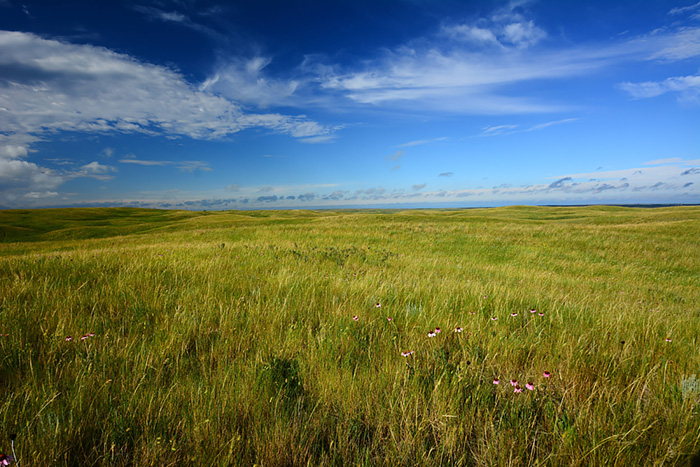
The U.S. Climate Resilience Toolkit has launched a new Northern Great Plains Region section. It offers information on the impacts of climate change across the Northern Great Plains, and how people can build resilience.
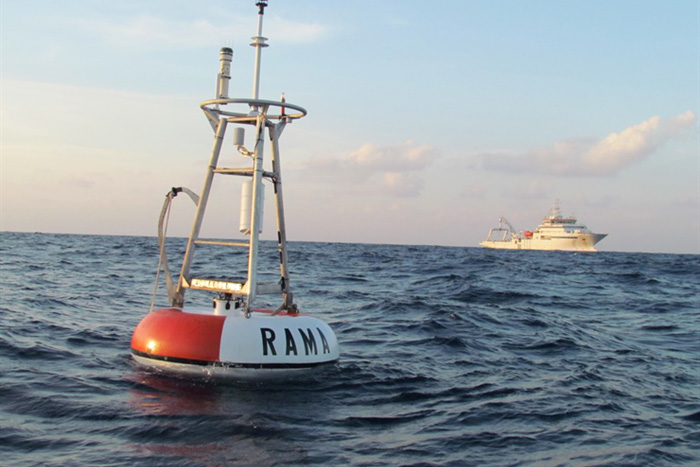
Research presents new links between major climate patterns in the tropical Pacific and Indian Oceans
The Pacific’s El Niño-Southern Oscillation climate pattern interacts with a climate pattern in the Indian Ocean. New research sheds light on this connection.
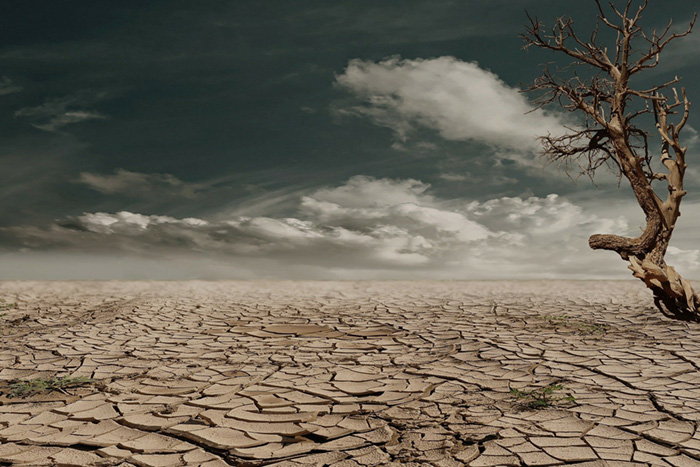
New research finds that, although megadroughts in the southwestern United States may be unavoidable, reducing greenhouse gas emissions can mitigate conditions.
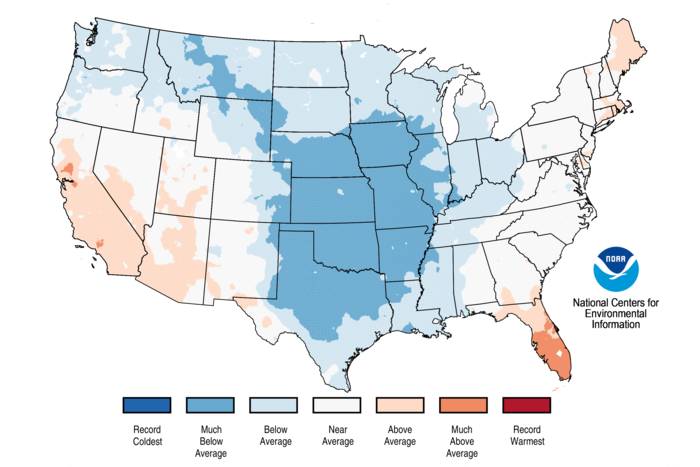
Accelerated Arctic warming may drive extreme winter weather in the United States, according to new research.
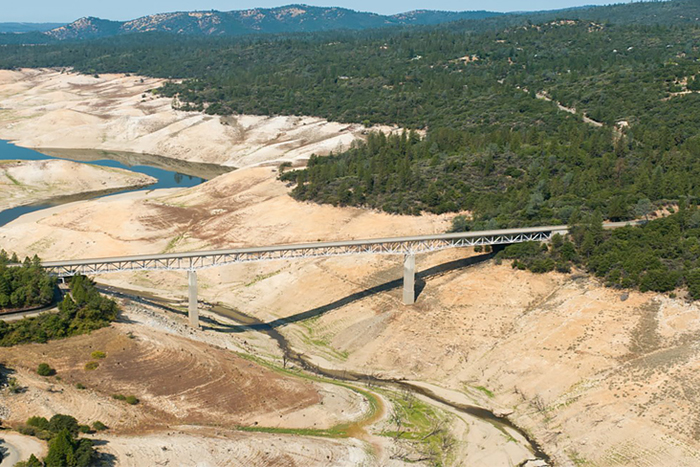
Northeast Pacific heatwaves and extreme California droughts are likely to strike at the same time much more often by the end of the 21st century, a new study says.
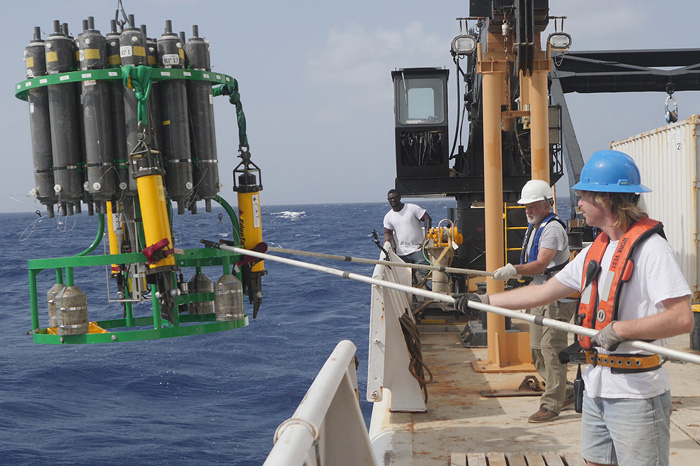
A special issue of the open access journal Earth System Science Data showcases results and datasets from a month-long field campaign in Barbados in 2020.
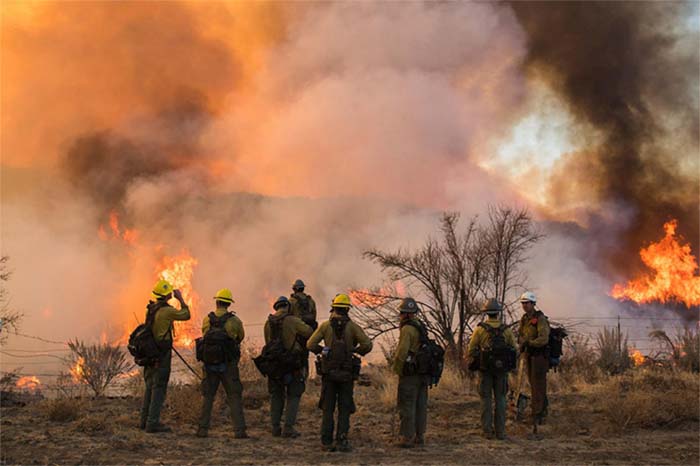
A new study using data from a NOAA-supported field campaign has found that nearly one-fifth of the wildland firefighters in that campaign had smoke exposure above the recommended occupational exposure limit.

New research on clouds will contribute to a new generation of models aimed at predicting weather and climate.